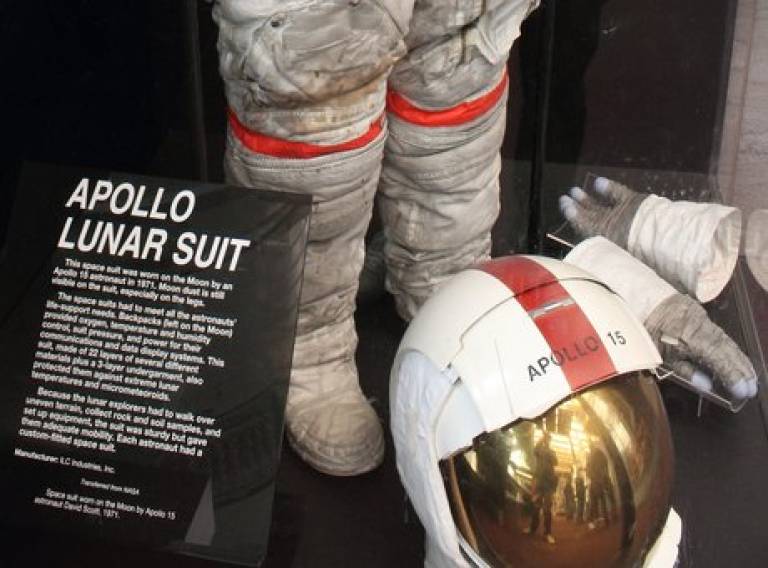Scientific American features ISH research into historic plastics
24 March 2016
In its April 2016 issue, Scientific American covers the issue of deterioration and conservation of plastic materials in art and heritage collections.

In a major feature article by Sarah Everts, three members of the UCL Institute for Sustainable Heritage are interviewed: Professor Matija Strlic, Dr Katherine Curran and Carolien Coon, PhD student.
From Barbie dolls to 1970s design furniture, from space suits to Bakelite phones, plastic materials in collections are notoriously difficult to study scientifically, as practically each object is of a different composition and therefore their stability as well as properties differ enormously. While some plastic materials take millennia to degrade, others become visually degraded after a couple of decades and some even considerably more quickly: certain rapid prototypes discolour in a matter of months. It is impossible to overestimate the problem, as unfortunately research into conservation of plastics in museum collections is still in its early days. In the frame of the EU Horizon 2020 Nanorestart project, the UCL ISH team work on the development of treatments as well as testing methods and sensors that could be used to address this conservation issue.
Academics and students at UCL ISH look into the assessment of the stability of rapid prototyping materials, increasingly used by artists and designers, into characterisation as well as detection of emissions of volatile compounds as well as into light stability of plastics.
At UCL Institute for Sustainable Heritage, research into historic plastic materials is one of the four major themes of scientific enquiry.
Read the full article (subject to access rights).
 Close
Close

